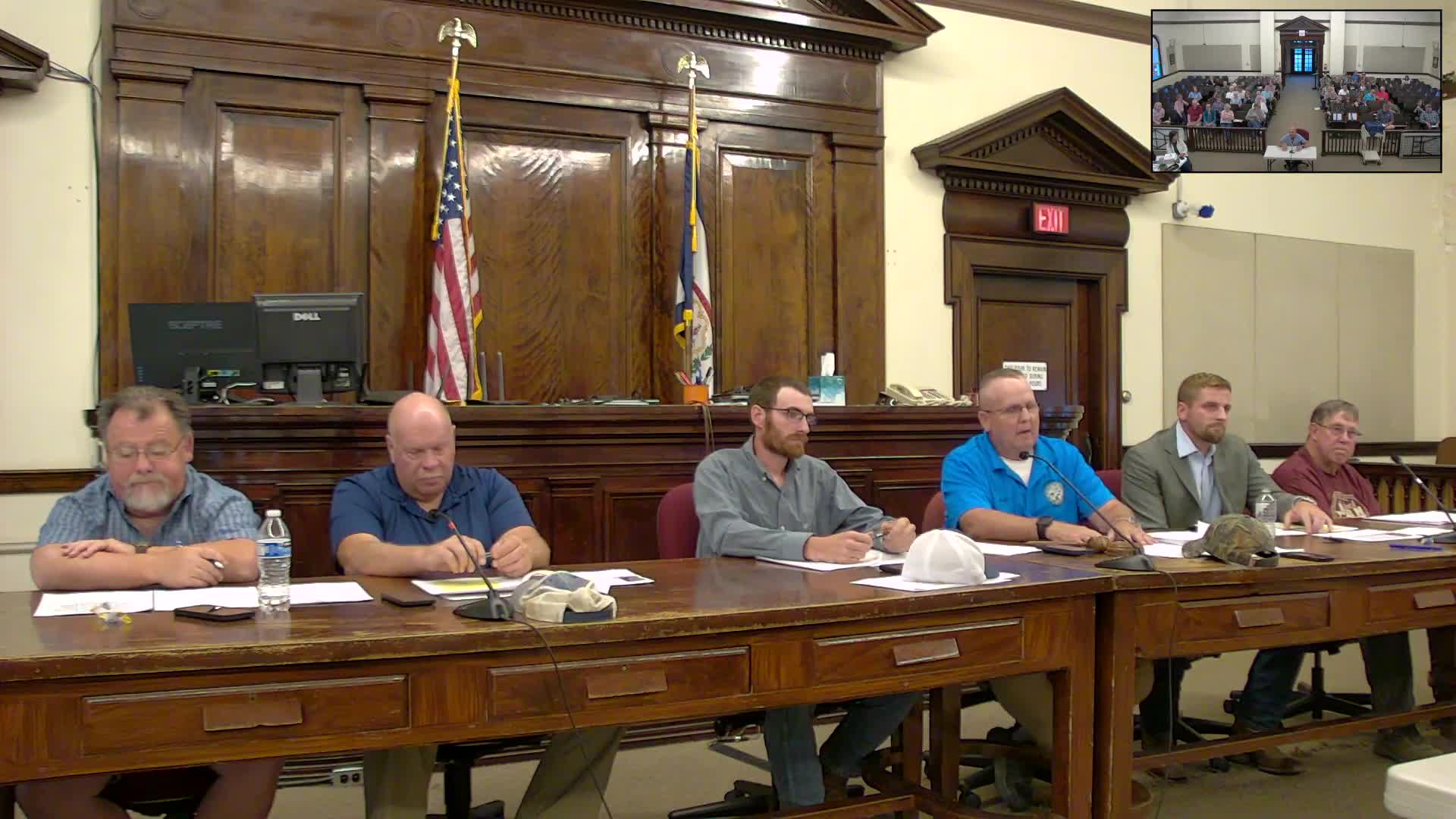Community debates future of controversial solar farm project
August 23, 2024 | Hampshire County, West Virginia
This article was created by AI summarizing key points discussed. AI makes mistakes, so for full details and context, please refer to the video of the full meeting. Please report any errors so we can fix them. Report an error »

In a recent government meeting, officials discussed the complexities surrounding the implementation of solar farms and their impact on local communities. A key focus was on the decommissioning bonds, which are managed by the state Public Service Commission (PSC). These bonds serve as insurance to ensure that solar facilities can be properly decommissioned if they become nonviable, with evaluations occurring every three years.
Concerns were raised about the transmission of electricity generated by these solar farms. Officials explained that while power is generated locally, it may be redirected to areas with higher demand, potentially out of state. This raises questions about local benefits versus profits for external entities, as the local community may not see direct financial gains from the energy produced.
The discussion also touched on aesthetic concerns regarding solar farms. Some participants expressed skepticism about the effectiveness of planting trees to mitigate the visual impact of solar panels, suggesting that it could take decades for trees to grow sufficiently to obscure the installations. The officials acknowledged that while trees might provide some cover, they would not completely hide the solar farms from view.
Additionally, the meeting highlighted the broader implications of solar farm development on local infrastructure and tax revenue. While some argued that residential developments could yield more tax income, others pointed out that they would also increase demands on local services such as schools and roads.
The officials emphasized the importance of transparency and communication with the community, urging attendees to review proposed amendments related to solar farm regulations. They acknowledged the challenges of balancing community concerns with the need for renewable energy development, indicating that finding a middle ground remains a priority.
Concerns were raised about the transmission of electricity generated by these solar farms. Officials explained that while power is generated locally, it may be redirected to areas with higher demand, potentially out of state. This raises questions about local benefits versus profits for external entities, as the local community may not see direct financial gains from the energy produced.
The discussion also touched on aesthetic concerns regarding solar farms. Some participants expressed skepticism about the effectiveness of planting trees to mitigate the visual impact of solar panels, suggesting that it could take decades for trees to grow sufficiently to obscure the installations. The officials acknowledged that while trees might provide some cover, they would not completely hide the solar farms from view.
Additionally, the meeting highlighted the broader implications of solar farm development on local infrastructure and tax revenue. While some argued that residential developments could yield more tax income, others pointed out that they would also increase demands on local services such as schools and roads.
The officials emphasized the importance of transparency and communication with the community, urging attendees to review proposed amendments related to solar farm regulations. They acknowledged the challenges of balancing community concerns with the need for renewable energy development, indicating that finding a middle ground remains a priority.
View full meeting
This article is based on a recent meeting—watch the full video and explore the complete transcript for deeper insights into the discussion.
View full meeting